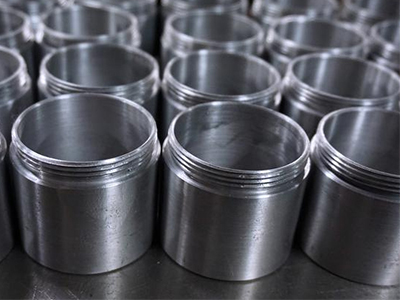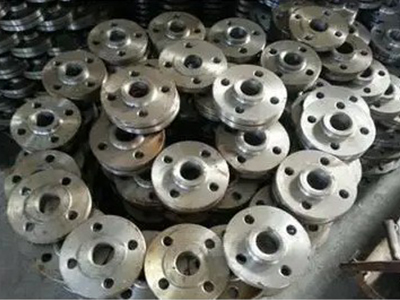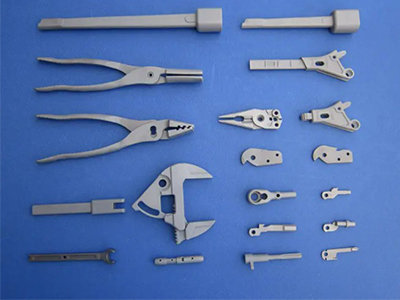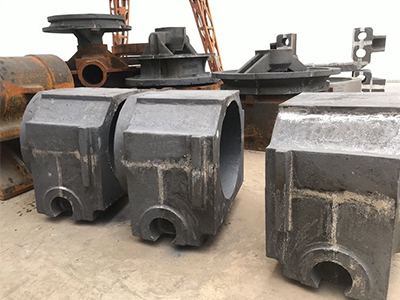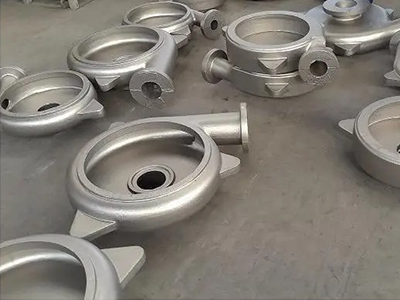- Stainless steel precision casting is a casting process with little or no cutting
- Forging steel valve and casting steel valve
- The processing technology of stainless steel precision casting
- Precision processing method of pouring surfaces
- Common casting methods of Aluminum and Aluminum Alloy
- Pore diameter and wall thickness of precision casting processing
- How to clean the surface of stainless steel castings
- Gray iron casting production supplier
- How to operate the cooling of stainless Steel Precision Castings
- The role of Heat Resistance in Steel Castings
- Call : +86 13390692151
- sale@kfqizhongji.com
-
Room 1, No. 21, Chaoying East Road, Zhoushi,
Kunshan City, Jiangsu Province, China
Use sodium silicate sand casting for production
Large steel castings processing plants use sodium silicate sand casting to produce steel castings, but some large steel castings processing plants directly use sand mold for casting, and the basic raw materials for making sand mold are casting sand and sand binder. The common foundry sand is quartz sand. When the high temperature performance of quartz sand can not meet the requirements, special sands such as zircon sand, chromite sand and corundum sand can be used.
The widely used sand binder is clay, and various dry or semi-dry oils, water-soluble silicates or phosphates and various synthetic resins can also be used as molding sand binders. According to the binder used in moulding sand and the method of determining its strength, the steel casting factory divides the outer sand mold into clay wet sand mold, clay dry sand mold and chemical structure hardened sand mold.
The advantages of sand casting in steel casting plants are as follows:
Clay is rich in resources and relatively cheap. After the used clay wet sand is treated with proper sand, the vast majority of enterprises can reuse it after recovery; the manufacturing cycle of metal moulds is short and the work efficiency is high; the mixed molding sand can be used for a long time; and it has a wide range of adaptability. this also allows many large steel casting processing plants to choose this method for production.
Shortcomings and limitations of sand casting:
Because each sand mold can only be poured several times, the mold is damaged and reshaped after large steel castings are obtained, so the production efficiency of sand castings is low, the stiffness of castings produced by steel castings processing plant is not high, and the dimensional accuracy of castings is poor. It is easy to produce defects such as sand washing, sand entrainment, pores and so on.
